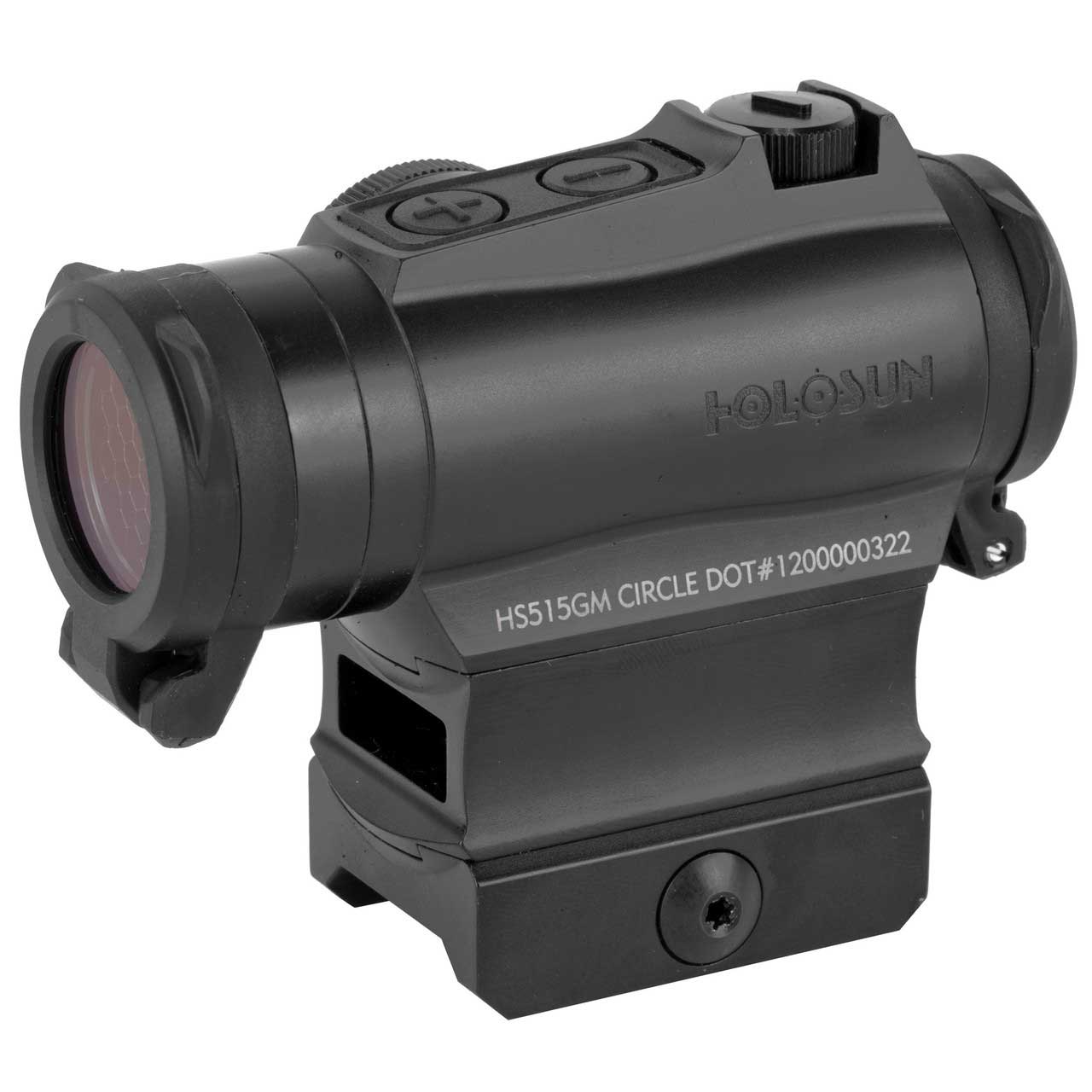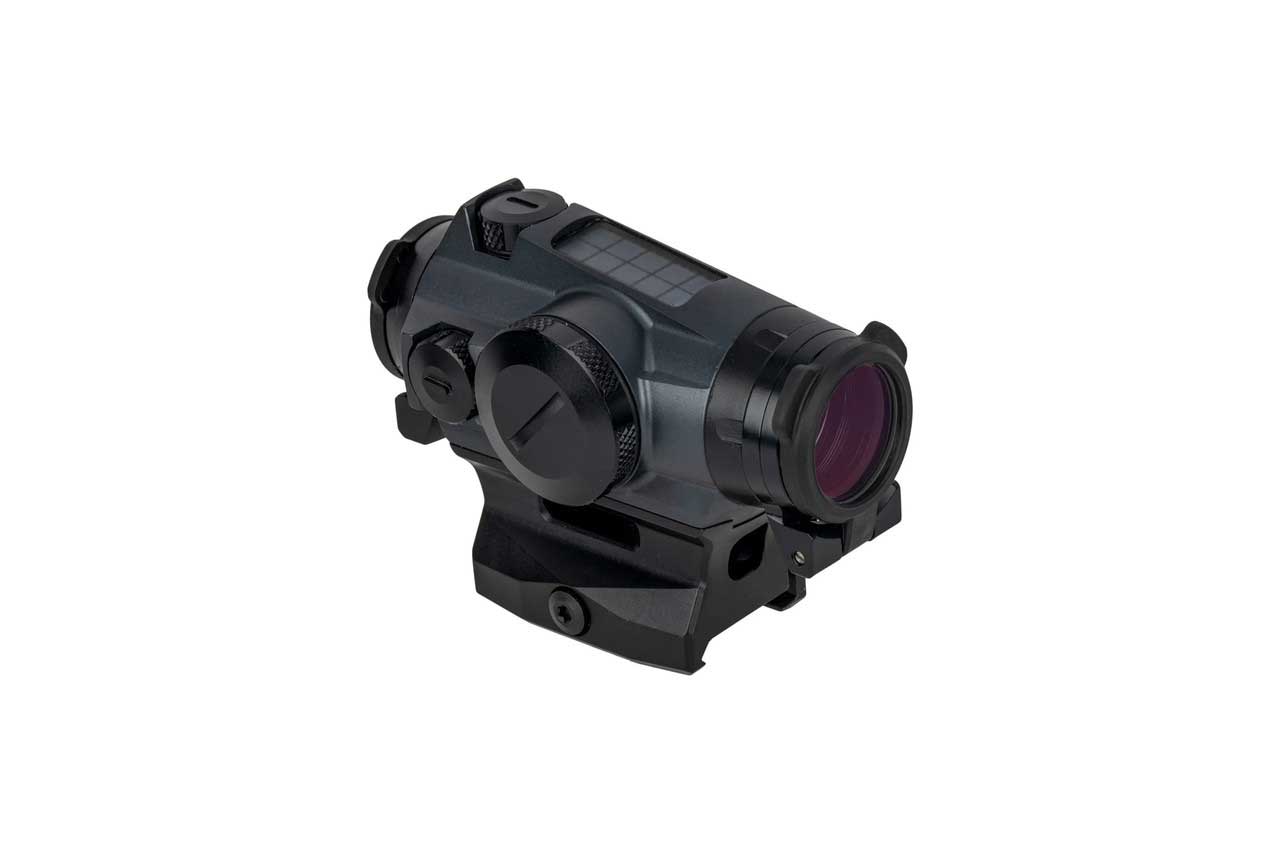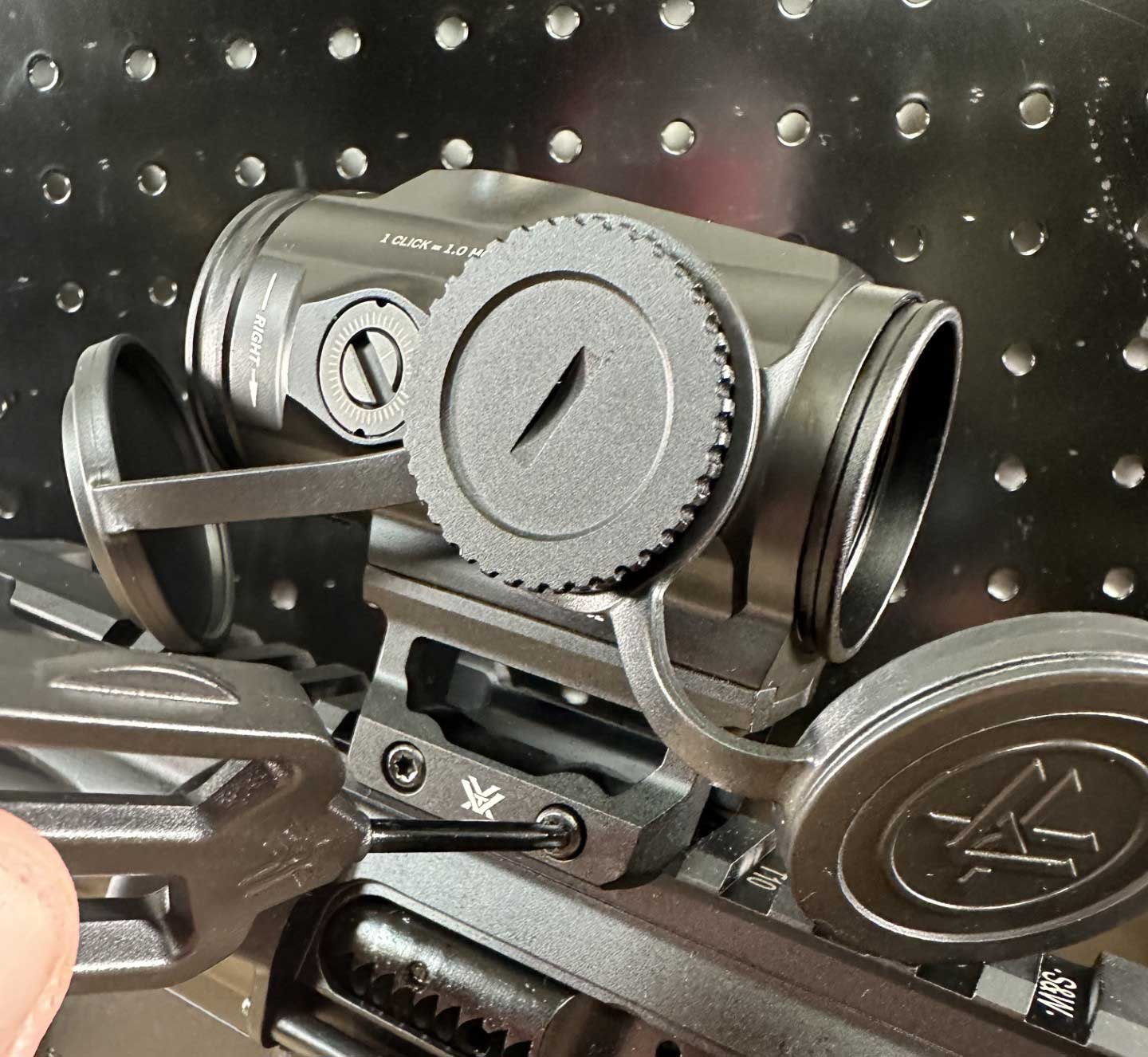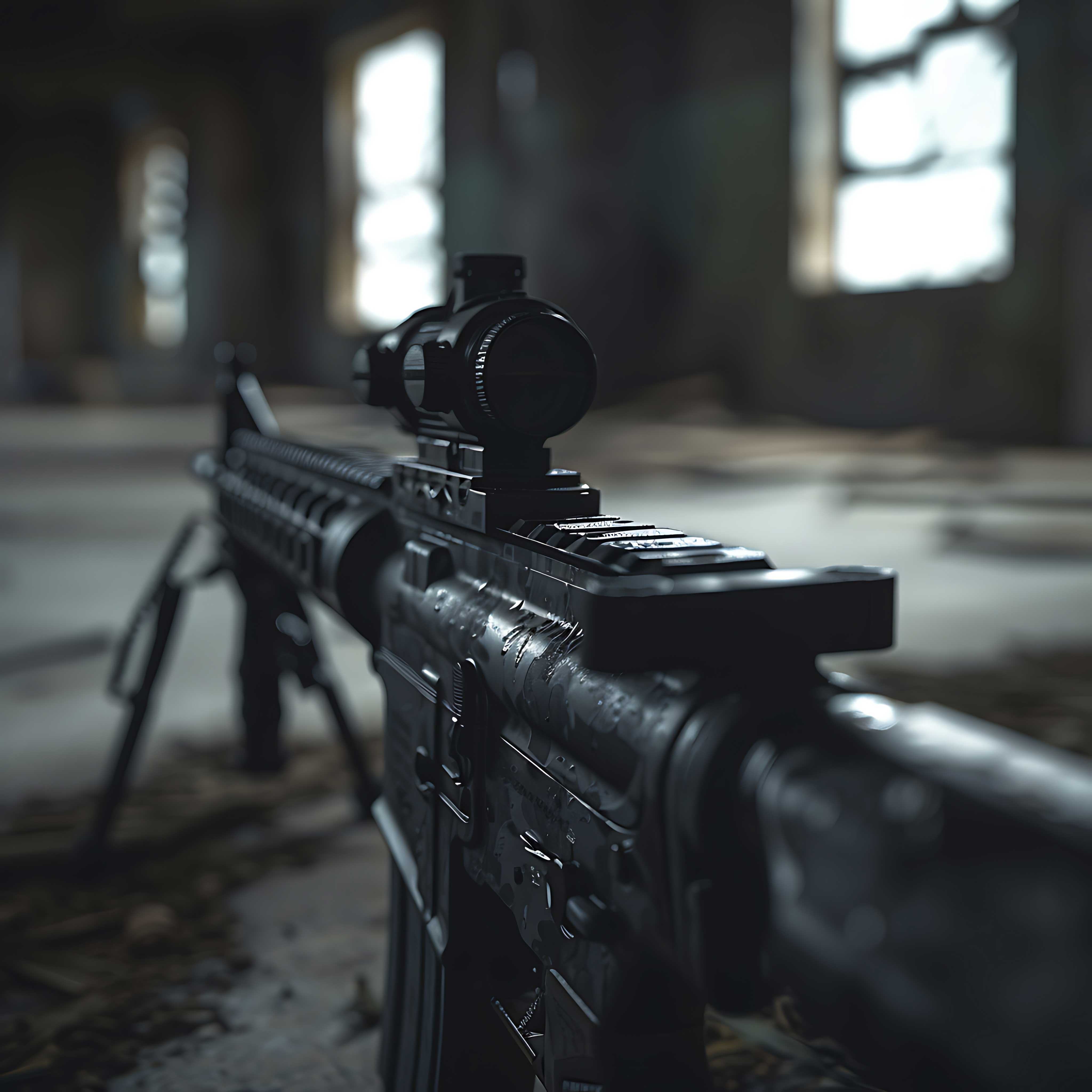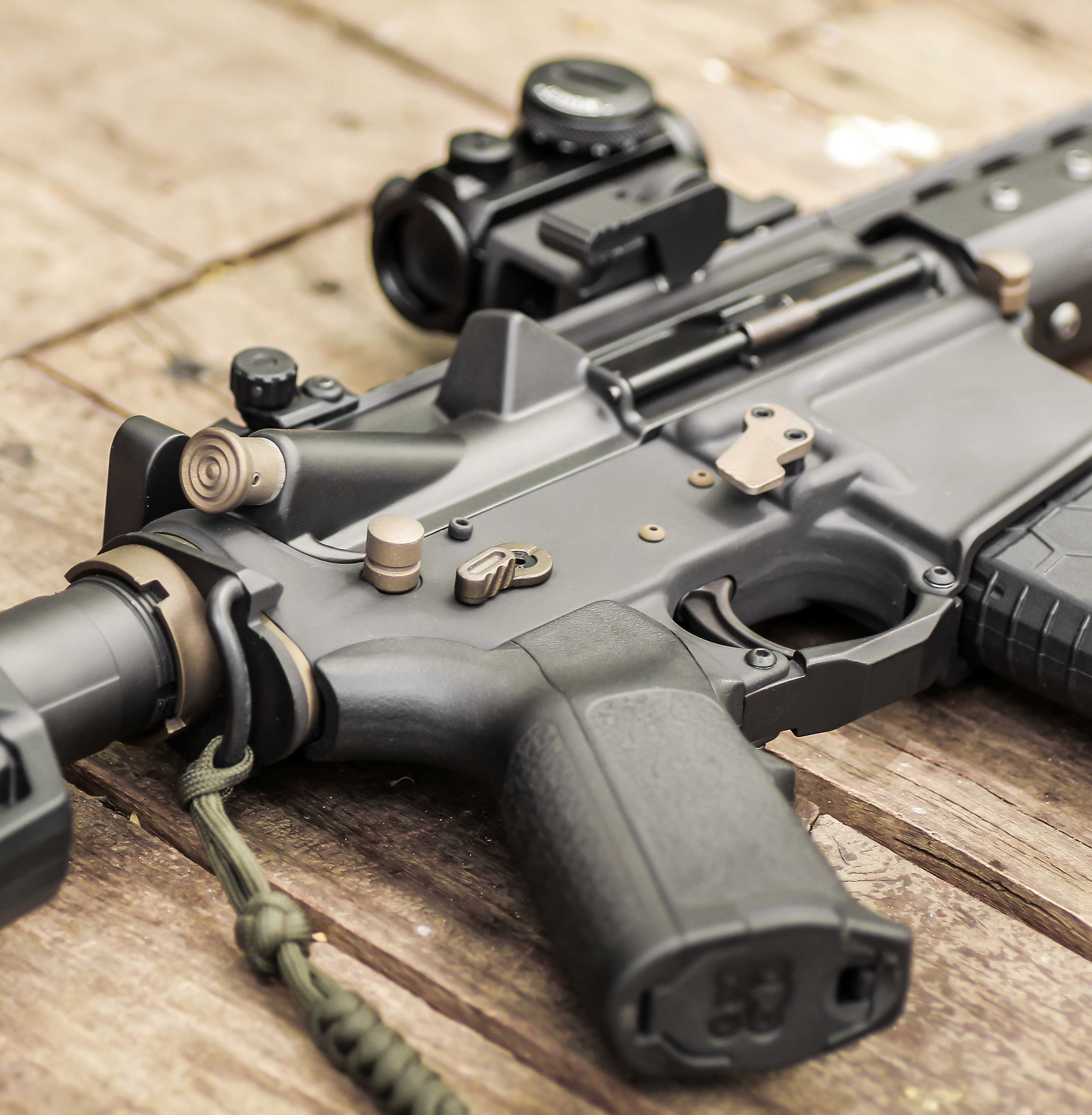Mastering Your Aim: How to Sight In a Red Dot for Perfect Precision
The Importance of Red Dot Sights for Accurate Shooting
Red dot sights have become increasingly popular in recent years, not just among military and law enforcement personnel but also within the civilian shooting community. These optical sights offer a distinct advantage in speed and accuracy over traditional iron sights, making them a go-to option for hunters, competitive shooters, and firearms enthusiasts alike. The appeal of red dot sights lies in their simplicity—allowing shooters to quickly acquire targets with minimal obstruction, regardless of lighting conditions or movement. This ease of use makes them particularly effective for dynamic shooting scenarios, where speed and precision are critical.
However, the effectiveness of a red dot sight is only as good as its calibration. Properly sighting in your red dot ensures that your shots consistently land where intended. Even the best red dot sight can lead to missed targets and frustration without careful alignment. Sighting in a red dot involves adjusting the sight to match the point of impact with the point of aim, allowing for accurate shooting across various distances. Whether you're using your red dot for close-quarters shooting or long-range precision, properly sighting your optic will significantly enhance your performance and ensure you get the most out of your equipment.
How Does a Red Dot Sight Work?
Red dot sights are a popular choice for shooters seeking speed and precision. But how does a red dot sight work? The principle behind a red dot sight is relatively simple but highly effective. Unlike traditional scopes, which rely on magnification, red dot sights are non-magnifying optics designed to project a single point of light, or "red dot," onto a lens. This dot is the aiming point and is superimposed onto the target when viewed through the sight.
At the heart of a red dot sight is an LED (Light Emitting Diode) that projects a red or sometimes green dot onto a specially coated lens. This lens reflects the LED light to the shooter’s eye while remaining transparent enough to view the target. The dot remains in line with the shooter's point of aim, regardless of head position, allowing for faster target acquisition without precisely aligning front and rear sights as with iron sights.
There are two main types of red dot sights: tube-style and reflex-style. Tube-style sights resemble small scopes and are enclosed, protecting the optics from dirt and debris. They often offer excellent durability and the ability to use additional filters or protective covers. Reflex-style sights are more compact and open, offering a wider field of view and often lighter weight. These are favored for close-quarters and dynamic shooting situations where quick target acquisition is critical.
Core components of a red dot sight include the LED emitter, a power source (typically a battery), the coated lens, and adjustment controls for brightness and reticle placement. Advanced models may also feature variable dot sizes or reticles, night vision compatibility, or even holographic technology that uses lasers instead of LEDs.
Understanding how a red dot sight works is essential for effectively selecting and using the right one. These sights offer versatility and efficiency for competitive shooting, hunting, or home defense.
Step-by-Step Guide: How to Sight In a Red Dot Scope
Sighting in a red dot scope ensures shooting accuracy and precision. Whether you’re using your firearm for hunting, competition, or self-defense, properly aligning your red dot with your point of impact will make a significant difference. If you're wondering, "How do I sight in a red dot scope?"—here's a step-by-step guide to get you on target.
Step 1: Mount the Red Dot Scope
Start by securely mounting your red dot scope on your firearm. Ensure it is tightened to manufacturer specifications to avoid any movement that could throw off your alignment. A stable, well-mounted optic is essential for consistent accuracy.
Step 2: Set Up a Target
Place a target at a known distance—25 to 50 yards is a good starting point for sighting in most red dot scopes. Ensure the target is large enough to see where your shots land, especially if you make initial adjustments.
Step 3: Establish a Stable Shooting Position
To ensure accuracy, find a stable shooting position, such as using a bench rest or a shooting bag. The goal is to eliminate as much human error as possible while adjusting.
Step 4: Fire a Test Group
Fire three to five shots at the target to see where your rounds impact. This initial group will give you a baseline for your adjustments. To minimize variations, it’s best to shoot from a stable position.
Step 5: Adjust Windage and Elevation
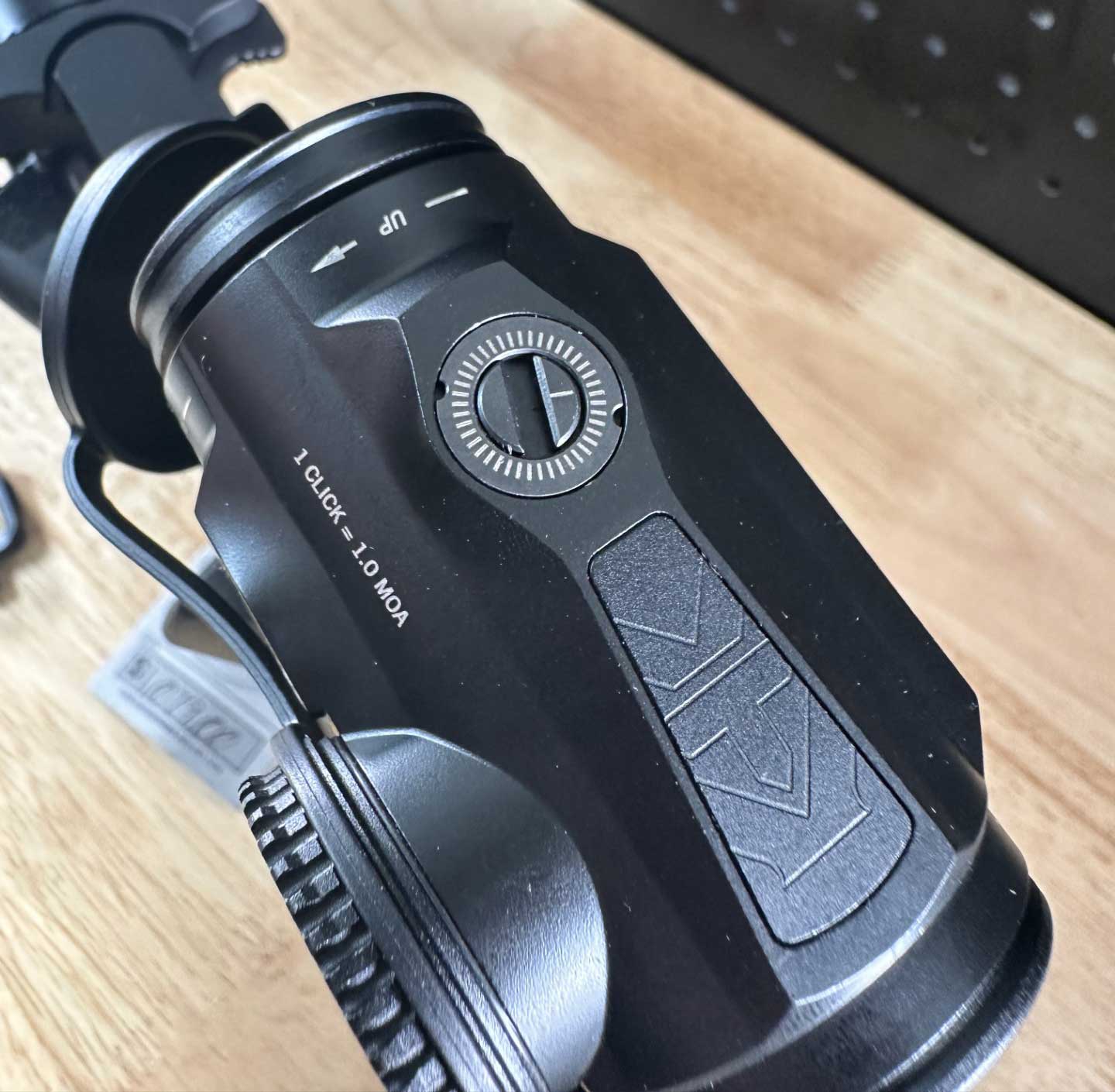
Based on where your shots landed, adjust the windage (left/right) and elevation (up/down) knobs on your red dot scope. Most red dot scopes adjust in 1 MOA (Minute of Angle) increments, which typically equals one inch of movement at 100 yards. If your shots hit the target's right, you can adjust the windage to the left and vice versa. For elevation, lower the red dot if your shots are high; if they’re low, raise it.
Step 6: Fire Another Group and Fine-Tune
After making initial adjustments, fire another group of shots to see how close your red dot is to being perfectly sighted in. Repeat the adjustment process until your shots consistently land at the point of aim.
Step 7: Confirm at Different Distances
Once you’ve sighted in your red dot at your initial distance, test your accuracy at varying distances to ensure the dot is aligned correctly for your intended use. This will help you confirm that your red dot scope is versatile enough for different shooting scenarios.
By following these steps, you can effectively sight in your red dot scope, ensuring that your shots hit their mark. Proper sighting is critical for getting the most out of your optic and improving your overall shooting performance.
How to Sight In a Red Dot for Perfect Precision
Sighting in a red dot scope is a fundamental skill for achieving perfect precision in shooting. However, many shooters need to correct their accuracy. Here, we'll discuss these pitfalls and offer best practices to ensure your red dot sight is aligned correctly for optimal performance. If you're wondering "how to sight in a red dot," this guide will help you avoid errors and master the process.
Common Mistakes When Sighting In a Red Dot
- Rushing the Process: One of the most frequent mistakes is rushing through the sighting process. Precision takes time. It’s essential to methodically adjust and test your red dot, firing multiple groups to confirm accuracy.
- Improper Mounting: If your red dot sight is not securely mounted, it can shift during shooting, leading to inconsistent accuracy. Please ensure your sight is secured correctly with the proper sight mount before you begin sighting.
- Ignoring Parallax: Although red dot sights are often considered parallax-free, slight parallax can still occur, especially at shorter distances. Please be consistent with your eye positioning to align your shots correctly.
- Incorrect Target Distance: Sighting in at an incorrect distance can reduce your intended shooting range accuracy. Start sighting at 25 to 50 yards, then adjust for other distances.
Best Practices for Sighting In a Red Dot
- Start at a Shorter Distance: Begin the sighting process at a closer distance, such as 25 yards, before moving to longer ranges. This helps you make broad adjustments quickly and efficiently before fine-tuning at your preferred shooting distance.
- Use a Stable Rest: Eliminating shooter error is crucial for precise sighting. Use a bench rest, bipod, or shooting bag to stabilize your firearm. This ensures that your adjustments are based on the sight’s alignment, not inconsistencies in your shooting stance.
- Fire Multiple Shot Groups: Don’t rely on just one shot to gauge your adjustments. Fire a group of three to five shots to determine the average point of impact. This will help you make more accurate adjustments.
- Make Incremental Adjustments: Make minor, incremental adjustments rather than significant changes when adjusting windage and elevation. Over-adjusting can lead to missing your target in the opposite direction.
- Test at Various Distances: Once you’ve sighted in at your primary distance, test your sight at shorter and longer ranges to ensure that your red dot is effective in various shooting scenarios.
- Regularly Check Zero: After sighting in your red dot, check that it remains zeroed, especially if the sight or firearm has experienced significant impacts or changes.
Our Top Selling Product
By following these expert tips on sighting in a red dot, you can ensure that your optic is perfectly aligned, providing the precision and consistency needed for any shooting situation. Whether you’re shooting for sport, hunting, or self-defense, properly seeing in your red dot will significantly improve your accuracy and confidence.
How to Use a Red Dot Sight for Maximum Efficiency
 Using a red dot sight effectively requires more than just sighting it in; it’s about understanding how to apply it across different shooting scenarios to maximize its potential. Red dot sights are versatile tools, offering fast target acquisition and ease of use, but some specific techniques and strategies can enhance your shooting efficiency. Here's a guide on how to use a red dot sight for maximum efficiency.
Using a red dot sight effectively requires more than just sighting it in; it’s about understanding how to apply it across different shooting scenarios to maximize its potential. Red dot sights are versatile tools, offering fast target acquisition and ease of use, but some specific techniques and strategies can enhance your shooting efficiency. Here's a guide on how to use a red dot sight for maximum efficiency.
Shooting Techniques for Red Dot Efficiency
- Both Eyes Open Shooting: One significant advantage of red dot sights is the ability to shoot with both eyes open. This technique allows you to maintain full peripheral vision, improving situational awareness. Keeping both eyes open lets you quickly acquire targets without losing sight of your surroundings, which is especially beneficial in dynamic or defensive shooting situations.
- Focus on the Target, Not the Dot: Unlike traditional iron sights, which require you to focus on the front sight, red dot sights allow you to focus on the target while superimposing the red dot. This method speeds up your shooting process, making it ideal for fast-moving targets or close-quarters engagements. Could you keep an eye on the target and let the dot naturally align with your point of aim?
- Trigger Control: Precision isn’t just about aiming—trigger control is just as important. When using a red dot sight, focus on smooth, consistent trigger pulls to avoid disturbing your aim. Practicing trigger discipline will help you maintain accuracy, especially in rapid-fire scenarios.
Adjusting Your Approach for Different Scenarios
- Close-Quarters Engagement: In close-range shooting, the speed of target acquisition is critical. Red dot sights excel in these situations because they allow quick point-and-shoot aiming. When engaging targets at close range, use the "both eyes open" technique to maintain a wide field of view, ensuring you can quickly transition between multiple targets if necessary.
- Medium-Range Shooting: Red dots are still highly effective for medium-range engagements, such as 50 to 100 yards. The key is to ensure your sight is zeroed correctly at the correct distance. Focusing on a stable shooting platform and smooth trigger control will help you maintain accuracy at these ranges.
- Moving Targets: When shooting at moving targets, a red dot sight can significantly improve your ability to track and engage. The lack of magnification allows you to keep the target in view, while the red dot provides a clear point of aim. Practice leading the target slightly, depending on its speed and distance, and trust your dot to help guide your shots.
- Low-Light Conditions: Many red dot sights have adjustable brightness settings, which are particularly useful in low-light conditions. If you’re shooting in dim environments, adjust the dot brightness to be visible without overpowering your vision. A too-bright dot can obscure your target, while a too-dim dot can be hard to see.
Maximizing Efficiency
Practice regularly in different conditions and scenarios to get the most out of your red dot sight. Familiarize yourself with adjusting your sight quickly and develop muscle memory to acquire targets. Regularly check that your red dot is zeroed, and stay mindful of battery life to avoid unexpected power loss.
Mastering these techniques and adapting to various shooting situations can improve accuracy and speed significantly. Understanding how to use a red dot sight for maximum efficiency ensures you are always prepared, no matter the scenario.
Your Red Dot Sighting Mastery
Mastering a red dot sight is crucial to becoming a more accurate and confident shooter. Understanding how a red dot sight works, properly sighting it, and applying the proper shooting techniques can dramatically enhance your accuracy, speed, and overall performance. The key takeaways from this guide include the importance of a stable mount, consistent sighting in, and adapting your approach based on different shooting scenarios, such as close-quarters or medium-range engagements.
Now that you’ve learned how to use a red dot sight effectively, it's time to apply this knowledge in practice. Regular training will sharpen your skills and help you get the most out of your equipment. Sighting in your red dot is more than just a one-time task—it's vital to maintaining precision over time.
For gun enthusiasts, a proper red dot is essential to your AR-15 Starter Kit. Along with understanding the mechanics of your rifle, having an adequately sighted optic is critical to ensuring you’re fully prepared for any shooting scenario. If you want to optimize your setup further, check out our related blog, Best Optics for AR-15, where we dive into top optic recommendations that can elevate your AR-15 experience.
With the proper knowledge and equipment, you'll be ready to hit your targets precisely and confidently.
Recent Posts
-
Best AR-15 Handguards - MOE SL Handguard
In the world of AR-15 customization, handguards not only protect the barrel but are pivotal in enhan …Feb 5th 2025 -
Budget vs. Premium AR-15 Rifle Scopes: Are Expensive Optics Worth It?
When it comes to enhancing your AR-15's performance, selecting the right AR-15 rifle scope is crucia …Feb 2nd 2025 -
Top Lightweight Red Dot Sights for Minimalist AR-15 Builds
Choosing the right red dot sight for your AR-15 is more than just picking a well-known brand—i …Jan 30th 2025


